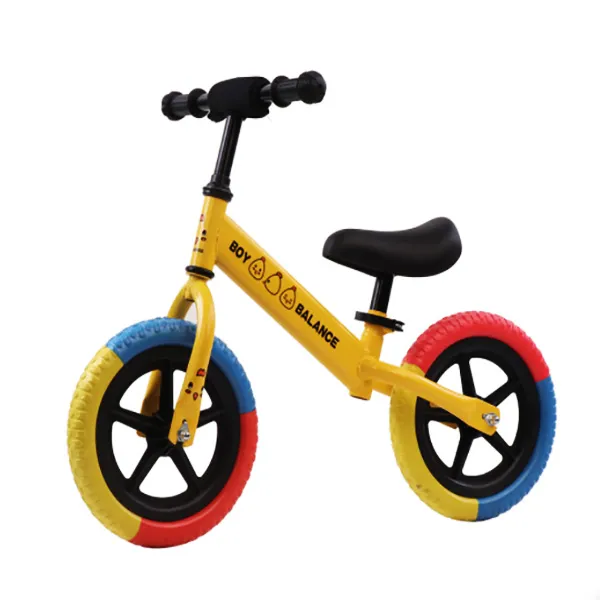
- Afrikaans
- Albanian
- Amharic
- Arabic
- Armenian
- Azerbaijani
- Basque
- Belarusian
- Bengali
- Bosnian
- Bulgarian
- Catalan
- Cebuano
- Corsican
- Croatian
- Czech
- Danish
- Dutch
- English
- Esperanto
- Estonian
- Finnish
- French
- Frisian
- Galician
- Georgian
- German
- Greek
- Gujarati
- Haitian Creole
- hausa
- hawaiian
- Hebrew
- Hindi
- Miao
- Hungarian
- Icelandic
- igbo
- Indonesian
- irish
- Italian
- Japanese
- Javanese
- Kannada
- kazakh
- Khmer
- Rwandese
- Korean
- Kurdish
- Kyrgyz
- Lao
- Latin
- Latvian
- Lithuanian
- Luxembourgish
- Macedonian
- Malgashi
- Malay
- Malayalam
- Maltese
- Maori
- Marathi
- Mongolian
- Myanmar
- Nepali
- Norwegian
- Norwegian
- Occitan
- Pashto
- Persian
- Polish
- Portuguese
- Punjabi
- Romanian
- Russian
- Samoan
- Scottish Gaelic
- Serbian
- Sesotho
- Shona
- Sindhi
- Sinhala
- Slovak
- Slovenian
- Somali
- Spanish
- Sundanese
- Swahili
- Swedish
- Tagalog
- Tajik
- Tamil
- Tatar
- Telugu
- Thai
- Turkish
- Turkmen
- Ukrainian
- Urdu
- Uighur
- Uzbek
- Vietnamese
- Welsh
- Bantu
- Yiddish
- Yoruba
- Zulu
Nov . 22, 2024 08:03 Back to list
tuning derailleur mountain bike
Tuning Derailleurs for Mountain Bikes A Comprehensive Guide
Tuning the derailleur on a mountain bike is an essential task that can significantly enhance your riding experience. A well-tuned derailleur ensures smooth gear shifts, improves overall performance, and extends the life of your bike's drivetrain. In this guide, we'll explore the key steps to properly tune your derailleur for optimal function.
Understanding Derailleurs
The derailleur is a crucial component of the bike's gear system, designed to move the chain between different gears on the cassette and chainrings. Mountain bikers often face challenging terrain, which can put extra strain on this system. Hence, keeping your derailleur properly adjusted is vital.
Tools You Will Need
Before you begin tuning your derailleur, gather the necessary tools 1. Phillips screwdriver For adjusting screws. 2. Allen wrench To fit most derailleur mounting bolts. 3. Bicycle chain tool In case you need to deal with chain issues. 4. Tuning guide or a smartphone app For reference.
Step-by-Step Tuning Process
1. Inspect the Bike Check for any visible damage on the derailleur, cables, and housing. Look for frays or kinks in the cable that could affect performance.
tuning derailleur mountain bike

2. Cable Tension Adjustment Start by ensuring that the cable tension is set correctly. Shift into the smallest chainring and the highest gear on the cassette. Use the barrel adjuster on the derailleur or shifter to fine-tune the cable tension. Too much tension will cause shifting delays, while too little will lead to missed shifts.
3. Limit Screws Adjustment Adjust the limit screws to prevent the chain from derailing. The high limit screw should stop the derailleur from moving beyond the smallest cog, whereas the low limit screw should prevent it from moving past the largest cog. Shift through the gears and make sure the derailleur can reach all the cogs without overshooting.
4. B-Screw Adjustment The B-screw controls the distance between the derailleur's pulleys and the cassette. Adjust it to ensure the derailleur maintains appropriate clearance from the cogs while allowing smooth operation.
5. Test Shifting After making adjustments, test the shifting by cycling through all gears. Listen for any grinding noises or hesitations. If the shifting feels sluggish, further adjust the cable tension or limit screws as needed.
6. Final Tune and Clean Give your bike a thorough cleaning and lubricate the chain. A clean drivetrain will further ensure smooth shifting and extend the life of your components.
Conclusion
Tuning your mountain bike's derailleur can seem daunting, but with a little patience and the right tools, it is a manageable task that pays off with improved ride quality. Regular maintenance and adjustments not only enhance performance but also provide an opportunity to catch potential issues before they become more severe. Happy cycling!
-
The Ultimate Kids' Four-Wheeler Experience
NewsJul.09,2025
-
The Ultimate Guide to Mountain Bikes: Gear Up for Your Ride
NewsJul.09,2025
-
The New Age of Cycling: Electric Bikes for Every Rider
NewsJul.09,2025
-
The Best Kids Bicycles: Ride in Style and Safety
NewsJul.09,2025
-
The Best 3-Wheel Scooters for Kids: Fun, Safety, and Adventure
NewsJul.09,2025
-
Revolutionize Your Ride: Affordable Electric Bikes
NewsJul.09,2025
-
Finding the Perfect Mountain Bike for Every Rider
NewsJul.09,2025



